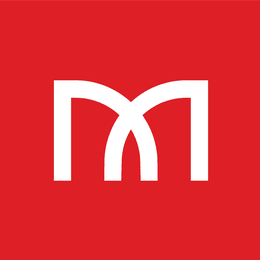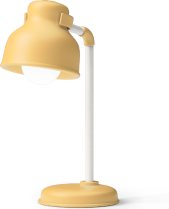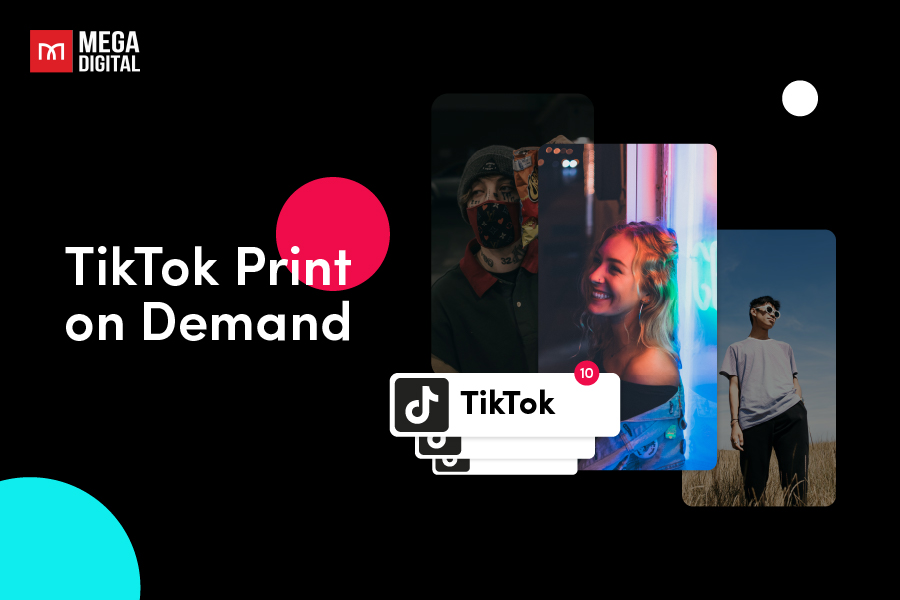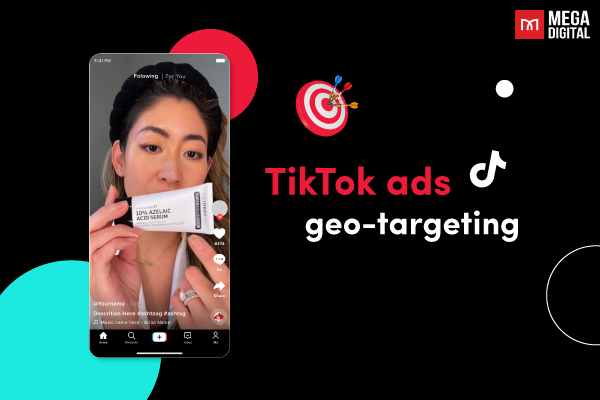It’s easy to feel lost when trying to decide which types of programmatic advertising to use for your campaign. This blog post will break down the four different types of programmatic ads, offering insights to help you determine the best fit for your specific marketing objectives. Let’s get started!
What are the 4 Types of Programmatic Advertising?
Programmatic advertising offers various formats to target audiences effectively. Let’s explore the four main types, each with its functions and benefits so that you can choose the right one for your campaign.
1. Real-Time Bidding (RTB)
This is the most popular and widely used among the 4 main types of programmatic advertising. Here’s an overview of how it works and its key features.
What is Real-Time Bidding?
Real-time bidding (RTB) is also known as an open auction because everyone can access auctions in the ad exchange platforms. Publishers allow many demand partners (DSPs) to bid on their inventory via SSPs at the same time.
Imagine a popular news website has ad spaces. Nike, Samsung, and Coca-Cola all want to run their ads on this site. As a user lands on a page, an instant auction happens. Nike bids $2.50 CPM; Samsung bids $3.00 CPM; Coca-Cola bids $3.50 CPM. Since Coca-Cola is the highest bidder, their ad gets shown on-site.
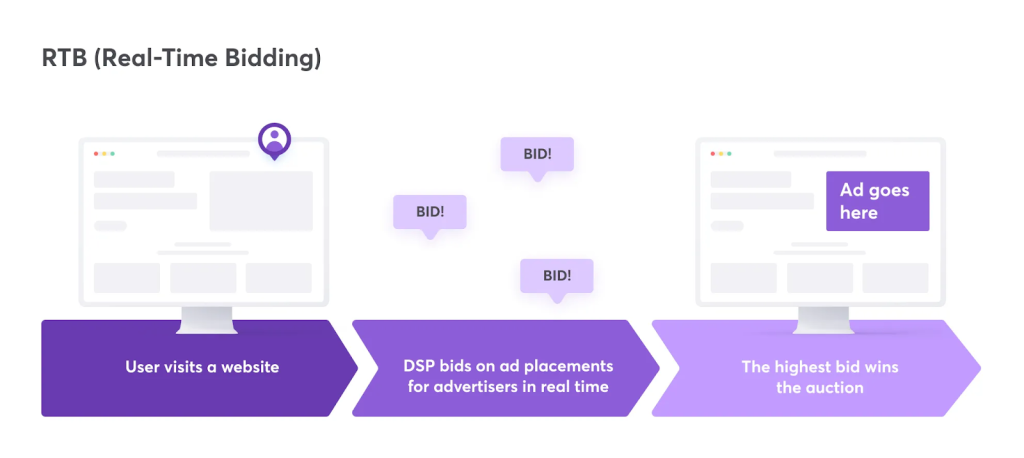
How It Works?
When a user opens a webpage, publishers’ ad slots will be available through an SSP. Advertisers then place bids. The highest bidder wins the auction. The winner’s ad is served in the ad slot on the site. The process is optimized with technology and happens instantly. This real-time auction allows advertisers to display more ads quickly.
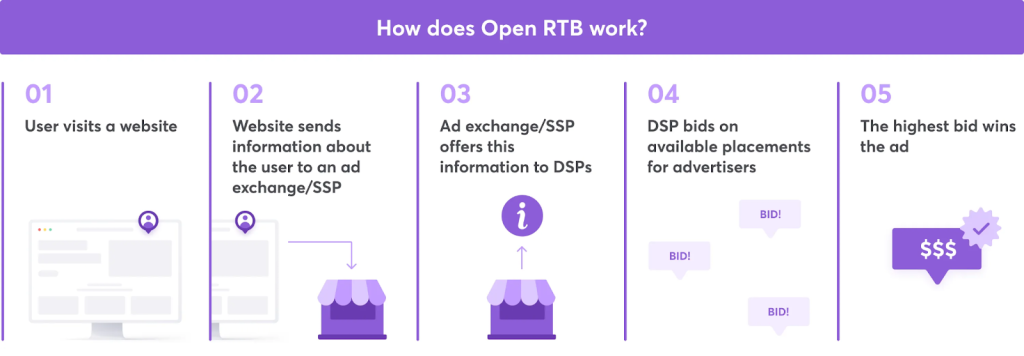
Pros & Cons of RTB
2. Private Marketplace (PMP)
| Pros | Cons |
|---|---|
| Efficient Media Buying: RTB removes the need for direct negotiations between advertisers and publishers, saving time and reducing the resources required to finalize deals. | Lack of Full Control: Advertisers usually know the category of websites their ads will appear on but not the exact sites. |
| Cost-Effective: Advertisers bid on individual impressions rather than paying a fixed price. This approach helps prevent overspending and makes it easier to determine the value of each ad impression by targeting relevant and high-value opportunities. For publishers, RTB helps achieve higher fill rates. | Unsold Ad Space: Since RTB relies on supply and demand, certain placements might not attract bids. |
| Scalability: RTB provides advertisers with access to a wide range of advertising resources and an extensive reach, offering unlimited potential for growth. |
PMP offers a more exclusive and controlled environment for programmatic advertising, here is the breakdown:
What is Private Marketplace?
Unlike RTB, publishers restrict access to their private auctions in Private Marketplace. They only allow a selected group of advertisers to participate. These advertisers place bids on the publishers’ inventory similar to an open auction. Publishers set a minimum CPM floor price, and the highest bidder wins the ad impressions.
The inventory offered in a private auction is often considered “premium”.
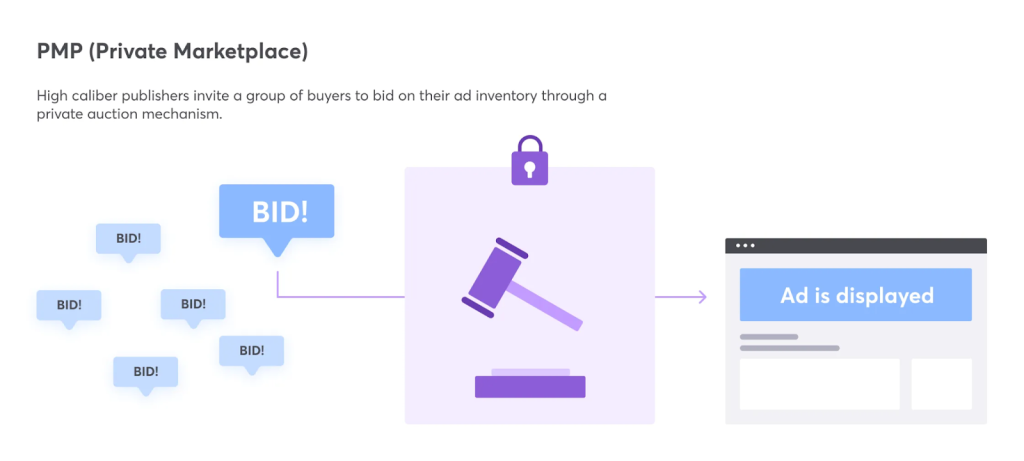
For example, a luxury fashion magazine website runs a PMP to offer premium ad placements. Instead of allowing all advertisers to bid, the publisher invites only high-end brands like Gucci, Louis Vuitton, and Chanel to participate.
These brands bid for ad space targeting affluent readers. If Chanel bids the highest CPM, they can ensure brand exclusivity and high-quality ad placements.
How It Works?
When a user visits a webpage with ad units, a real-time auction begins. A DSP holds a private auction, where a small group of pre-selected advertisers can bid using a time-sensitive deal ID. Publishers set a minimum floor price for the ad space, and bidding starts there. The highest bid wins, and the winning ad is served to the user.
PMP addresses the lack of transparency that can occur in open auctions. Since the auction is private, advertisers and publishers know each other. This ensures better targeting for advertisers and more relevant ads for publishers.
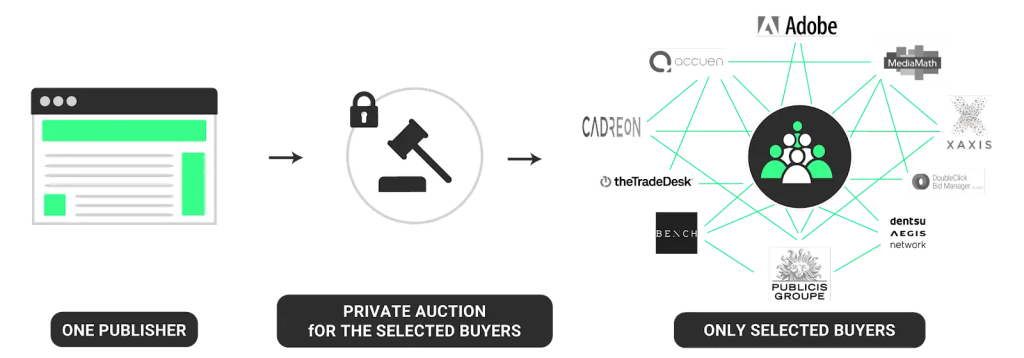
Pros & Cons of PMP
| Pros | Cons |
|---|---|
| Efficient Media Buying: RTB removes the need for direct negotiations between advertisers and publishers, saving time and reducing the resources required to finalize deals. | Lack of Full Control: Advertisers usually know the category of websites their ads will appear on but not the exact sites. |
| Cost-Effective: Advertisers bid on individual impressions rather than paying a fixed price. This approach helps prevent overspending and makes it easier to determine the value of each ad impression by targeting relevant and high-value opportunities. For publishers, RTB helps achieve higher fill rates. | Unsold Ad Space: Since RTB relies on supply and demand, certain placements might not attract bids. |
| Scalability: RTB provides advertisers with access to a wide range of advertising resources and an extensive reach, offering unlimited potential for growth. |
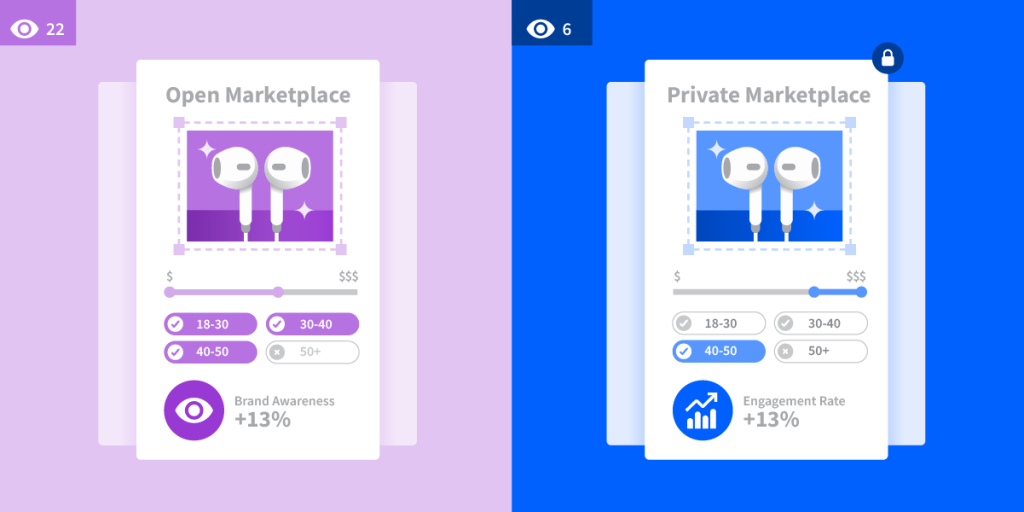
3. Programmatic Guaranteed
Below is a detailed look at how this type works and the benefits it offers for more predictable campaign outcomes:
What is Programmatic Guaranteed?
In Programmatic Guaranteed, publishers and advertisers agree on specific deal terms for that advertiser. The publisher commits to selling a fixed number of impressions at a set price.
Advertisers can preview ad placements and select which ones to purchase. Although there are no auctions involved, programmatic guaranteed is still a cost-effective way of selling media.

For instance, a travel website partners with an airline for a campaign promoting premium flights. Instead of competing in an auction, the airline negotiates directly with the publisher to secure 1 million ad impressions at a fixed $5 CPM over a month. This guarantees their ads appear in prime positions across the site, ensuring predictable exposure and reach.
How It Works?
The advertiser and publisher agree on a fixed price for a set volume of inventory. The publisher reserves the chosen premium inventory, and the advertiser’s ads are served according to the agreed amount and schedule.

Pros & Cons of Programmatic Guaranteed
| Pros | Cons |
|---|---|
| Premium Inventory: Advertisers can access premium ad placements that are likely to reach their target audience. | Larger Budgets Needed: Advertisers must spend more to get control over the exact placement and pricing of their ads. |
| Security and Guaranteed Impressions: Because both parties are committed to the deal, advertisers will get the agreed number of impressions. Publishers’ inventory, in turn, will be sold at the agreed price. | |
| Full Control: Advertisers can control the placements, timing, and price of their ads. Publishers also have more control over their expected revenue, as the spending is guaranteed. |
4. Preferred Deals
Here’s an overview of how Preferred Deals operate for advertisers to consider:
What are Preferred Deals?
Preferred Deals don’t involve an automated auction process. Instead, publishers offer their inventory to selected advertisers at a fixed CPM rate. Advertisers can then preview the inventory before purchasing it. This provides an exclusive opportunity to access inventory that is not yet available in auctions.
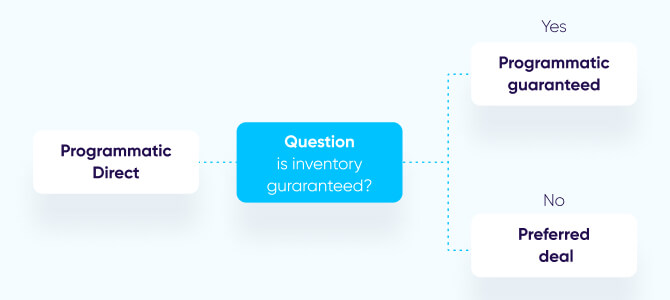
The terms of the deal are negotiated directly. Once both parties agree, the advertiser gets a “preferred” chance to bid on the inventory when an ad request occurs.
For instance, a sports news website offers a Preferred Deal to Nike during major football matches. Nike previews the available ad slots and agrees When a football match article goes live, Nike gets the first opportunity to place a bid. However, if Nike chooses not to bid, the ad slot moves to a private or open auction for other advertisers.
How It Works?
When a user visits a webpage, an ad request is triggered to the advertising network. The network then gets a first look at the ad space and can either buy it at the agreed fixed rate or decline the request. If the request is declined, the ad unit will be sent to an open auction for bidding.
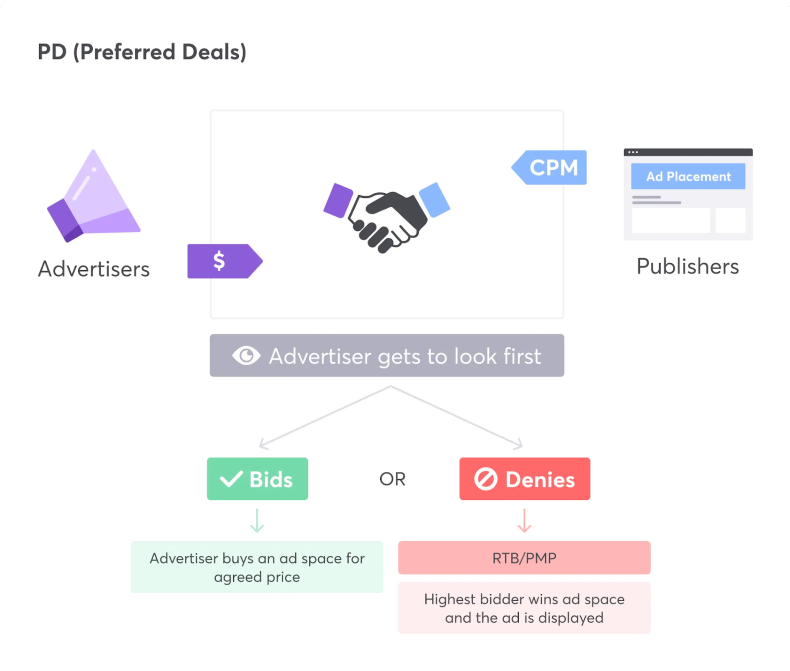
Pros & Cons of Preferred Deals
| Pros | Cons |
|---|---|
| Forecastability: Because the prices for inventory are fixed, publishers can forecast their revenue more accurately. | Publishers Requirement: Publishers need a large amount of traffic or a relevant audience to attract advertisers. Without this, they may have trouble gaining interest. |
| Confidence in Quality: Direct agreements for premium ad placements give advertisers confidence that their campaigns will run in a safe and suitable environment. | Unsold Ad Space: Since inventory is not guaranteed, there’s a risk that some ad placements could remain unfilled. |
| High Relevancy: Preferred deals help publishers create a better user experience by selecting the most relevant advertisers for their websites. Advertisers also benefit from easier access to their target audience through highly targeted placements. | |
| Efficiency: While preferred deals are negotiated 1:1, they are still automated to reduce manual intervention. |
Which Programmatic Advertising Types for Your Campaign?
To help you decide which types of programmatic advertising are best for your campaign, here’s a comparison of the four main options: RTB, PMP, Programmatic Guaranteed, and Preferred Deals. This table summarizes their key features and how they work.
| Type | Key Features |
|---|---|
| Real-Time Bidding (RTB) | Open auction; The highest bidder wins; Fully automated and happens in real time. |
| Private Marketplace (PMP) | Invitation-only auction; Ensures premium inventory and better brand safety. |
| Guaranteed | Direct deal between advertiser and publisher; Fixed price and guaranteed impressions; No auction involved. |
| Preferred Deals | Advertisers get first access to inventory at a fixed CPM; No obligation to buy; Unsold inventory moves to auction. |
When choosing the right programmatic advertising type for your campaign, consider your specific goals:
1. You Want to Maximize Reach
If your goal is to quickly reach a wide audience to build awareness, RTB is ideal. The process allows advertisers to access a large pool of ad inventory across various publishers. This gives you the flexibility to bid for impressions on numerous websites at once. This helps you connect with a broad demographic.
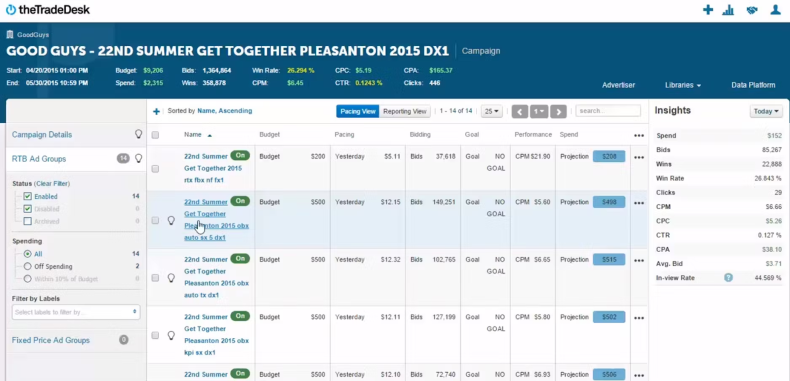
Imagine you’re launching a new product nationally. Whether your audience is browsing news outlets or lifestyle blogs, RTB platforms like Google Display Network or The Trade Desk would allow you to place bids across thousands of websites such as CNN, Forbes, and The Huffington Post without direct negotiations.
2. You Want Premium Ad Placement
PMP is a great choice among the 4 types of programmatic advertising when you’re looking for more control over where your ads appear. Because only selected advertisers can bid on premium inventory, your ads will appear in high-quality and trusted spaces. This can be crucial for brand safety.
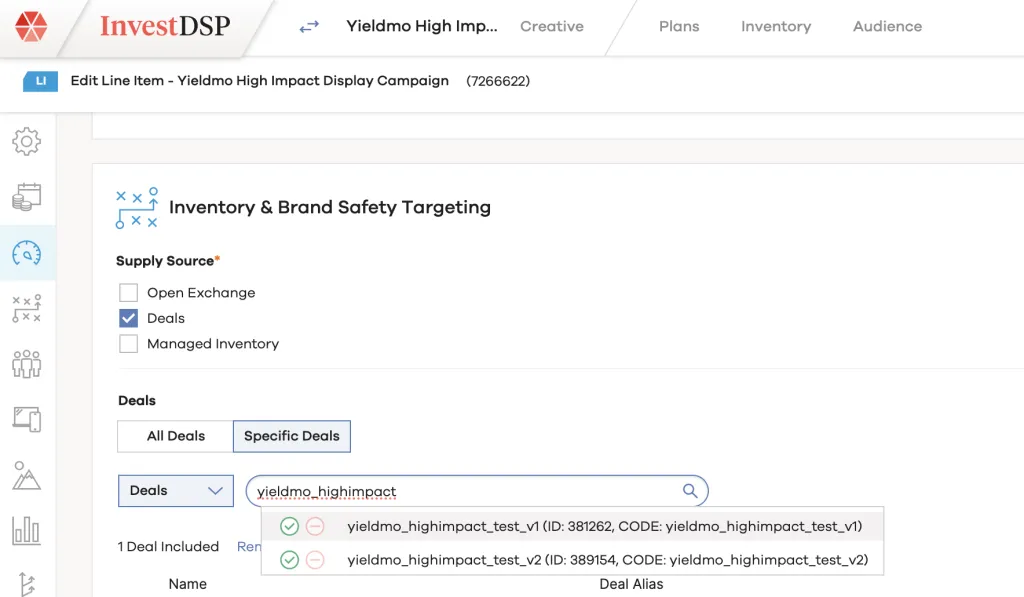
For instance, you may want your ads to appear only on reputable, high-traffic websites that align with your brand values. Through PMP, you can target specific publishers known for their trusted content such as Vogue, The New York Times, or Bloomberg. This setup also allows for better targeting, ensuring that your ads appear in front of the right audience.
3. You Want Predictable Pricing and Placement
For campaigns that require fixed pricing and guaranteed ad placements, Preferred Deals are a great choice. With Preferred Deals, you set the terms with publishers directly, including fixed CPM rates, ensuring predictable pricing and placement without the auction process.
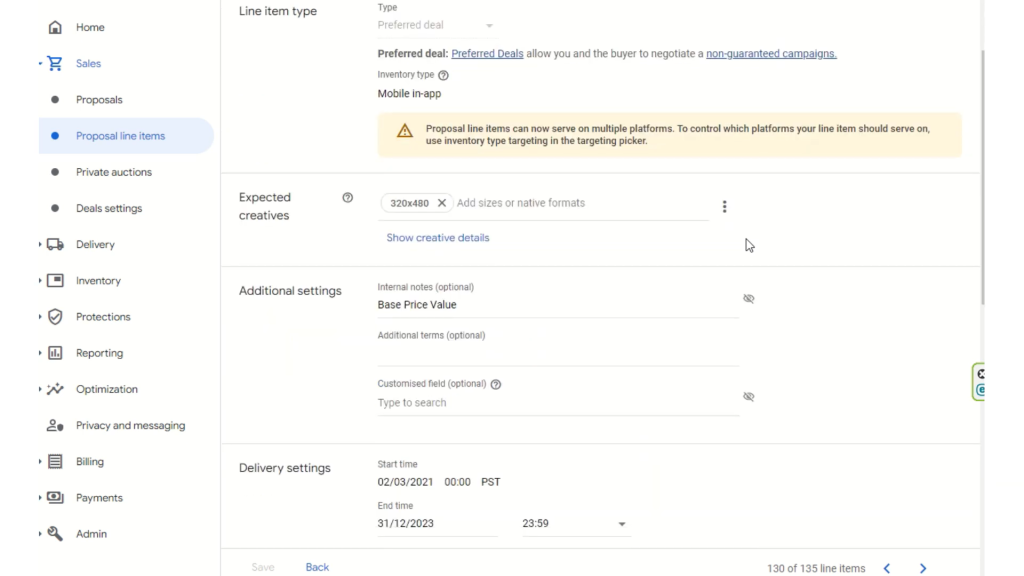
Suppose you’re a retailer running a seasonal promotion for holiday sales. You can secure fixed-price placements on premium inventory from publishers like Amazon, Walmart, or Target using a Preferred Deal.
Hence, you will know exactly where your ads will run and at what cost without the risk of price fluctuations.
4. You Want Guaranteed Impressions
Programmatic Guaranteed can help you guarantee a set number of impressions for your campaign. This type of advertising allows you to agree on a fixed price for a guaranteed amount of inventory and impressions, ensuring no surprises in terms of reach.
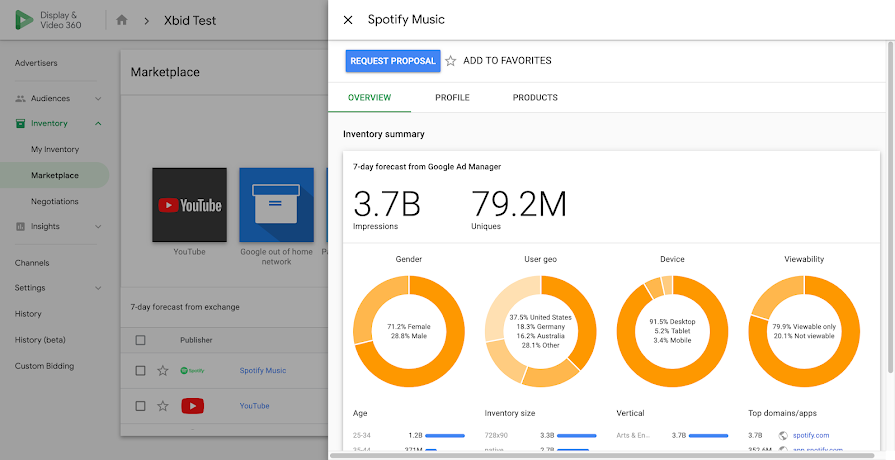
If you’re running a time-sensitive ad campaign for a new movie release, Programmatic Guaranteed will allow you to lock in specific placements with major publishers such as Variety, IMDB, or Rotten Tomatoes by a certain release date. Thus, your campaign is delivered on time and as planned.
6 Main Formats & Examples of Programmatic Advertising
It’s also important to explore the formats of programmatic advertising to give you a clearer picture of how the 4 types can be applied across various campaigns. Below are 6 main formats of programmatic advertising, along with examples:
1. Display Ads
Display ads are the most popular format in programmatic advertising. These ads often appear in the websites’ header, footer, or sidebar. They come in many sizes and can be either static or dynamic to catch visitors’ attention. Advertisers can adjust ads in real-time and tailor content based on user data.
A great example of this approach is The Economist. The publication aimed to connect with different audience segments by showing ads related to topics they were likely to find interesting.
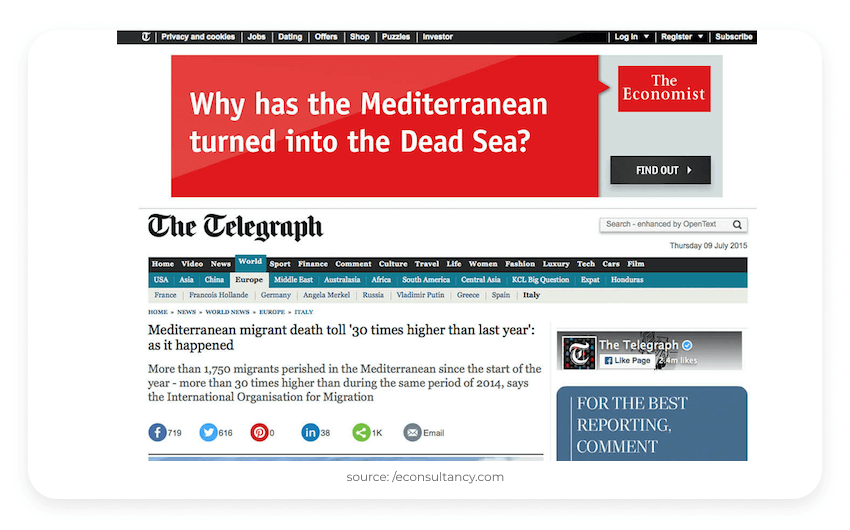
To achieve this, The Economist ran a programmatic display ad campaign targeting 650,000 potential readers. The strategy focused on placing ads next to articles covering similar subjects. The campaign has successfully delivered an impressive ROAS of 10:1.
>>> Read more: Top 9 Benefits of Display Ads That You Should Know in 2025
2. Video Ads
Programmatic video advertising has three primary types of video ads to choose from. In-stream video ads play directly within a video player and are the most widely used format. Advertisers can select different placements, including Pre-roll, Mid-roll, Post-roll, and YouTube bumper ads.
Meanwhile, out-stream video ads are placed within articles. In-display video ads show up in search results or as suggested video content, often as sponsored recommendations.
A compelling example of programmatic video advertising comes from Unilever, the company behind Axe Body Spray. Looking to push personalized advertising, Unilever launched a campaign in Brazil for its white-label product line.
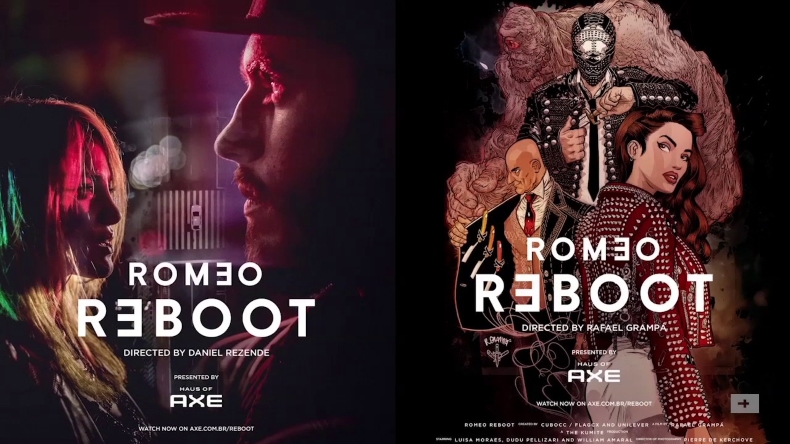
The campaign used a creative adaptation of Romeo and Juliet, generating 100,000 different one-minute video trailers tailored to individual viewers. A programmatic system adjusted the content in real-time, making the ad more relevant to each viewer.
The campaign was highly effective, producing 43,000 unique videos per day. It outperformed client and agency expectations, exceeding benchmarks by 10-20%.
3. Native Ads
Unlike pop-ups or video ads, native ads blend perfectly into the platforms. These ads can be placed in many locations such as the header, footer, sidebar, or even within the main content itself.
Toyota’s partnership with Wordle is a great example of native advertising in action. When the word-guessing game became a massive hit after its launch in late 2021, Toyota saw an opportunity to reach an engaged and intelligent audience.
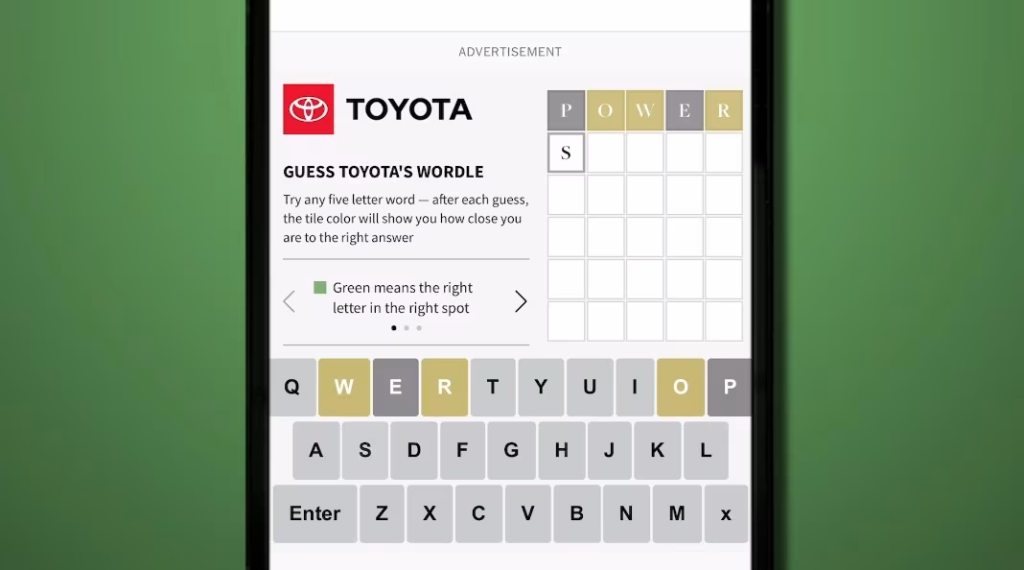
To promote its new car model in 2023, Toyota integrated an ad within Wordle’s gameplay. Players unknowingly participated in the campaign by solving the puzzle. An impressive 97% of players correctly guessed the car’s name. With the average game session lasting around 90 seconds, Toyota successfully captured the attention of a highly engaged audience creatively and interactively.
4. Audio Ads
Programmatic audio ads allow brands to reach audiences through platforms like Spotify, Pandora, and podcasts. While many audio shows rely on direct ad placements negotiated privately, programmatic advertising enables businesses to scale their reach among users on freemium services.
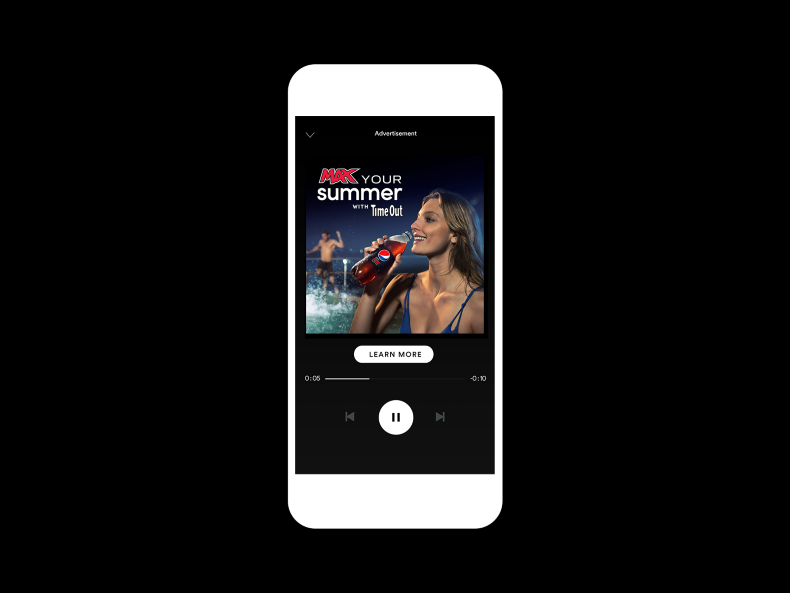
One notable example is Pepsi’s campaign on Spotify. To promote its Pepsi Max brand, the company ran personalized programmatic audio ads targeting young consumers based on their listening habits.
The results were impressive. Brand awareness increased by 24%. Ad recall was 2.3 times higher than industry benchmarks.
5. Digital Out-Of-Home Ads
With the rise of digital screens, Out-Of-Home (OOH) has evolved to offer advanced targeting and real-time measurement. McDonald’s ran a creative OOH campaign that adjusted its messaging based on traffic conditions. For example, when congestion was heavy, digital billboards displayed the phrase “Stuck in a jam?” – a playful reference to both traffic and their menu items.
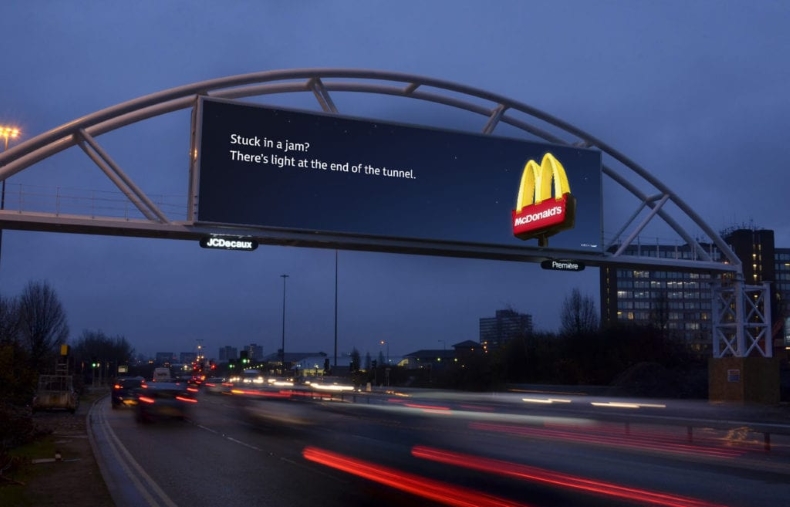
This campaign used live data from the Google Traffic API to ensure that the right message reached drivers at the right moment. McDonald’s successfully captured attention by combining humor with real-time updates, creating a more engaging experience for drivers.
6. Social Media Ads
Social advertising spans multiple platforms, including Facebook, TikTok, etc. Brands can purchase ads through APIs or by using a DSP that connects directly with these social networks. This strategy is widely used in social media marketing for fashion and retail brands.
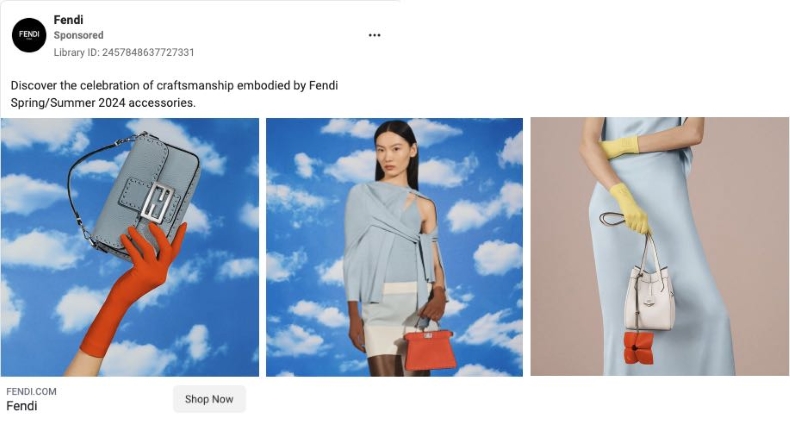
One standout example comes from Fendi, which leveraged Instagram carousel ads to showcase multiple products in a single campaign. By combining high-quality studio photography with visually striking backgrounds, Fendi created an eye-catching experience that highlighted the colors and details of its designs.
>>> Read more: 9 Types of Digital Advertising You Should Consider in 2025
Wrap Up
Understanding different types of programmatic advertising is key to creating a successful digital marketing strategy. Each type and format offers unique benefits. By choosing the right one for your business goals, you can optimize your ad spend and improve engagement. Take the time to explore these options and select the best fit for your campaign needs!
